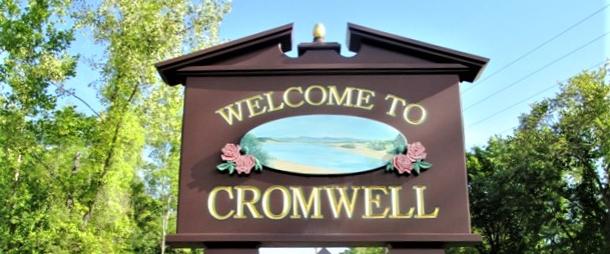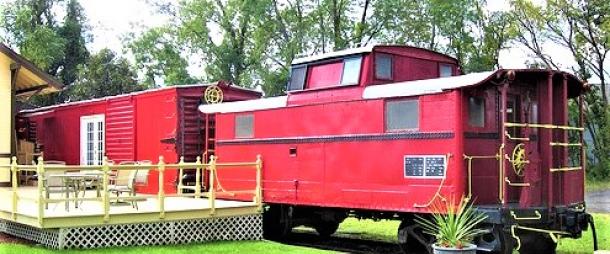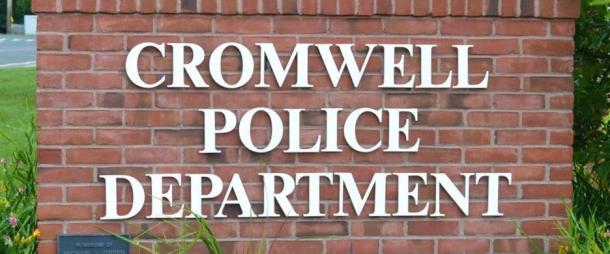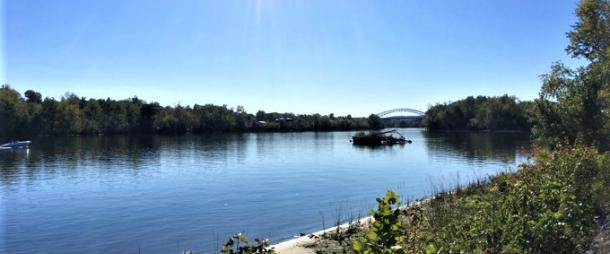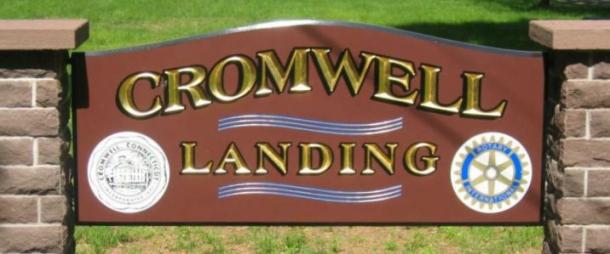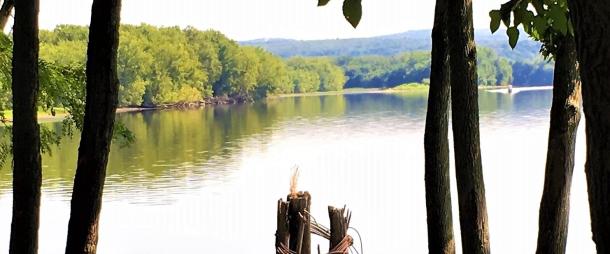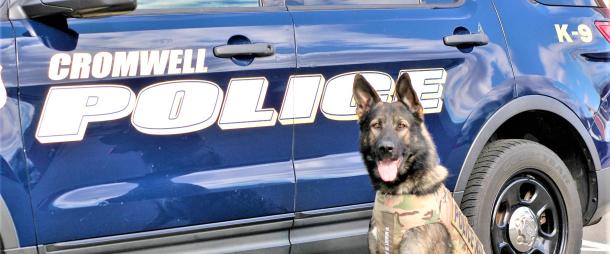Marine Patrol
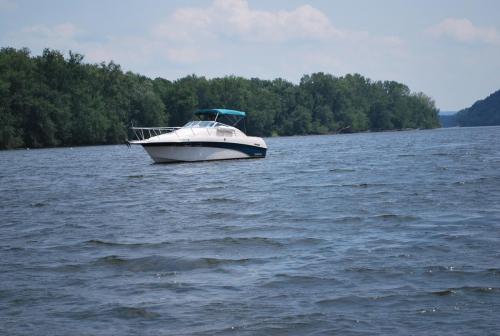
The Marine Patrol Unit was formed in May 1997 due to the increasing use of the Connecticut River for recreational boating purposes. The unit has 6 certified Officers who patrol approximately 6 miles of the Connecticut River with a new fully-outfitted 20 foot Maritime Skiff which was acquired in June of 2002 through a state grant replacing our unit's first vessel, a 17 foot Boston Whaler which was donated to the Department by the Town of Wethersfield in 1999. The primary objective of the Marine Patrol Unit is to promote boating safety through high visibly proactive patrols, and a positive interaction with boaters and personal water craft operators. The Marine Patrol Unit is available to investigate boating accidents and respond to any water related emergencies throughout the season.
The Marine Patrol Unit generally operates on select weekends between Memorial Day and Labor Day. It is also operational for special events such as the 4th of July fireworks, the Head of the Connecticut River Regatta, and Boating while Intoxicated check points.
The Head of the Connecticut Regatta
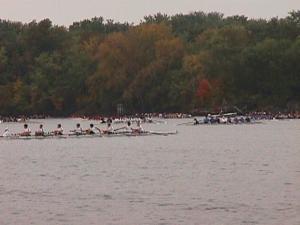
The Cromwell Police Marine Patrol unit is one of several Police & Coast Guard vessels that provide security for the Head of the Connecticut Regatta. The Regatta is held each year on Columbus day weekend starting in Cromwell and continuing 3.5 miles into Middletown.
Some 3000 rowers with 675 boats from major universities, rowing clubs, prep schools and high schools participated in this annual event which draws large crowds to the shores of the Connecticut River in the Cromwell Middletown Area.
Homeland Security Issues
Boaters should be aware of their surroundings, become informed and pay strict attention to regulations related to Marine Safety and Security Zones!
Boaters should be aware that they may not stop or anchor beneath any bridge.
Boaters may not stop, anchor moor to, or loiter within 25 yards of any bridge foundation.
Note: In the Connecticut River, boaters will find Marine Safety Zones set up on the areas of fireworks demonstrations, and large regatta events. During those times, the River may be closed to routine vessel traffic, which may only transit the area with proper escort.
Military Vessels:
Boaters must stay at least 100 yards away from any military vessel, and must maintain minimum steerage within 500 yards of any military vessel.
If there is need to come within 100 yards of a military vessel, it should be hailed on VHF-FM Channel 16 before proceeding.
Boat Safety
"Boat Safe, Boat Smart" Wear Your PFD!"
Most boating related fatalities are the result of drowning and most of the victims were not wearing PFD's.
Please set an example and WEAR YOUR PFD (Personal Flotation Device)
PFD Regulations: For vessels 16 feet or more, you must have 1 PFD for each person on board and at least 1 throwable device. (Consult your Ct 2005 boaters guide for details) All PFD's must be in good serviceable condition, and of appropriate size for those on board.
Inflatable PFD's: These are becoming more popular with boaters because of comfort, but they do have limitations. It must be worn correctly, and you must be conscious in order to inflate it. The UL and US Coast Guard have approved some auto inflatable PFD's. Many have a Type V rating. These also require more maintenance to be kept in a serviceable condition. Inflatable PFD's can only be worn by those over age 16 weighing more than 80 pounds. Inflatable PFD's cannot be used for PWC (Personal Watercraft) operation or for water skiing. There are recalls on inflatable PFD's. Check out the Coast Guard website: www.uscgboating.org for recall information.
Though not a regulation, it is strongly recommended that when water skiing or operating a PWC that you consider wearing an impact rated PFD (vests have different quality ratings).
Special note: All children under age 12 must wear a PFD when on a vessel underway unless they are below decks in an enclosed cabin.
Special Requirements: From October 1 through May 30th all persons on board a canoe shall wear a USCG approved PFD.
No Wake Violations: In the Cromwell area there are 2 major areas of concern in which violations are continuous throughout the season. Both areas are clearly marked with "NO WAKE" Buoys during the season. They are:
1. Between ATON # 100 and # 102 in the Gildersleeve Shoal Channel
2. The area of the Cromwell Outboard Association, which is, located between ATON (Aid To Navigation) # 94 and # 95. Docks and launch ramp are clearly visible.
Speed Limits: Maximum speed weekdays is 45mph. On weekends and holidays, from the Sat. preceding Memorial Day - Labor Day speed limit is 30mph. At night the maximum speed is 25 mph.
Consult your 2005 Boaters Guide for more details.
Boating While Intoxicated: Consumption of alcohol while boating endangers your safety as well as that of your passengers. You are more likely to be involved in a collision, run aground, or fall overboard if you are drinking. 38% of all fatalities are alcohol related. The effects of alcohol are increased when on a boat, especially in strong sun conditions. Alcohol also affects your night vision. Where it is critical to see vessels running lights, aids to navigation, or dangerous conditions, you put yourself at risk. Apply the Don't Drink and Drive slogan to your vessel this year. Many BWI checkpoints are planned throughout all the waterways of this State to ensure boating safety.
Communications: The Cromwell Police Marine Unit generally monitors VHF channel 16 when on patrol. The Coast Guard always monitors channel 16 for any emergency broadcast. Cell phone coverage is also generally good in this area. For any emergency, Dial 911 for local emergency services. You may also dial * CG for the Coast Guard.
The Connecticut Boater's Guide 2005 is a must read for any vessel operator. It contains valuable information on boating regulations, speed limits, as well as safety and other equipment information. It is readily available. A free copy may be obtained from the Marine Patrol during the season, or any time in the lobby of the Cromwell Police Department.
Boating Accidents: Approximately 90% of boating fatalities involve drowning due to capsizing or falls overboard. Most were not wearing a PFD at the time. In an emergency most PFD's are not easily accessible to passengers. They are also very difficult to put on in the water especially in a stressful situation, or where the person is injured.
All operators of vessels involved in an accident must remain at the scene and assist any other vessel involved if it is possible to due so without endangering their own vessel or persons on board. The operator must also give his name, address and vessel ID number to the other boat owner or owner of damaged property.
Boating Accident Reports: Many boaters involved in accidents do not report these accidents even though required to do so. Reports must be filed as follows:
The operator of any vessel involved in a boating accident, which results in any of the circumstances noted below, shall IMMEDIATELY notify the nearest law enforcement agency and, within 48 hours report the matter in writing on a form provided by the DEP Boating division.
1. The death of any person from whatever cause.
2. The disappearance of any person from on board.
3. The injury of any person sufficient to require medical attention beyond simple first aid.
Any accident in which the TOTAL damages to all property affected in excess of $500.00 dollars must be reported by the operator within 5 days after the accident on forms provided by the DEP Boating division. The operator of the boat must make out the report. The Cromwell Police Department has these forms available.
Excessive speed: Accidents involving collision are another major cause of personal injury and property damage on the water. Speeding is a major contributing factor of collisions and is defined as follows:
1. The operation of a vessel at such a speed as to endanger by collision the life, limb or property of another. 2. The operation of a vessel at such a speed that it causes a wake or wash hazardous to the life, limb, or property of another.
Note: The operator of a vessel is always responsible for the wake of the vessel. Always operate at a slow or reduced speed near any marina, anchored / moored vessels, or any boat launch area. Be especially careful in the narrow areas of the Ct. River when passing smaller vessels such as canoes or kayaks, which might be swamped by a large wake. Also, In the Ct. River between Middletown and Cromwell there are often various size, 1-8 person racing shell boats that can be easily swamped by a vessels wake.
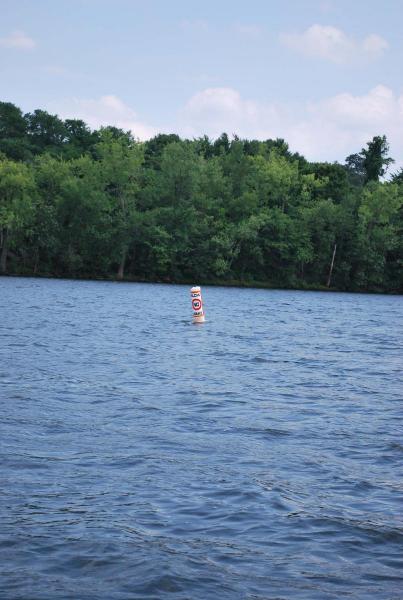
YOU ARE RESPONSIBLE FOR YOUR OWN WAKE!

